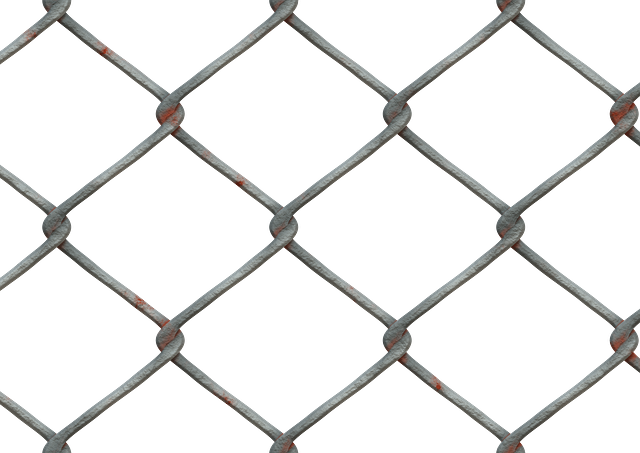In New Bedford, a well-maintained fence can significantly enhance your property’s curb appeal, provide security, and define your outdoor space. This article guides you through the essential aspects of fence repair and installation. We start by understanding your unique needs through assessment and planning. Next, we explore material choices to ensure durability and longevity. Expert installation techniques are then detailed for a robust and secure fence. Finally, maintenance tips are provided to preserve your investment over time.
- Understanding Your Fence Needs: Assessment and Planning
- Choosing the Right Fencing Materials for Durability
- Expert Installation: Ensuring a Solid and Secure Fence
- Maintenance Tips for Long-Lasting Fence Life
Understanding Your Fence Needs: Assessment and Planning
Before diving into fence repair or installation, understanding your specific needs is crucial. Start by assessing the current state of your fence – is it old and rotting, damaged from weather or wildlife, or simply in need of a fresh coat of paint? Note any unique features or challenges like slopes, tight spaces, or nearby trees that might affect installation.
Planning involves considering the purpose of your fence: security, privacy, aesthetic appeal, or a combination. Research different fencing materials and styles to align with these goals and budget. Create a rough sketch of your desired layout, taking into account local regulations and property boundaries. This thoughtful planning will ensure a successful fence project that meets both your practical needs and aesthetic vision.
Choosing the Right Fencing Materials for Durability
When it comes to fence repair and installation, selecting the appropriate materials is a top priority for homeowners looking to invest in long-lasting solutions. The right fencing materials can withstand harsh weather conditions, prevent damage from pests, and ensure a secure barrier for years to come. One of the most popular choices is vinyl fencing, known for its durability and low maintenance requirements. Vinyl fences are resistant to rot, rust, and peeling, making them an excellent pick for regions with varying climates.
Additionally, wood remains a timeless favorite due to its natural beauty and versatility. While it may require more upkeep than vinyl, treated wooden fences can last for decades with proper care. Metal fences, particularly those made from steel or aluminum, offer exceptional strength and longevity, making them ideal for high-traffic areas or properties in need of increased security. Consider your specific needs, climate, and aesthetic preferences to choose fencing materials that will enhance your outdoor space for years to come.
Expert Installation: Ensuring a Solid and Secure Fence
When it comes to fence repair or installation, expertise is key to ensuring a robust and secure barrier. Professional installers understand the importance of proper technique and high-quality materials. They begin by assessing your property and specific needs, taking into account factors like terrain, surrounding structures, and aesthetic preferences.
Using specialized tools and techniques, these experts can accurately measure, cut, and fit fence components to create a sturdy framework. They ensure each section is securely fastened, using the appropriate hardware for different types of fences. This attention to detail guarantees not only longevity but also enhances the overall security and curb appeal of your property.
Maintenance Tips for Long-Lasting Fence Life
Regular cleaning and inspection are key to maintaining your fence’s longevity. Over time, debris, dirt, and even small animals can accumulate on and within the fence structure, causing damage. Periodically clearing away any vegetation, leaves, or nesting materials is essential. Check for loose boards, damaged posts, or rusted hardware, addressing these issues promptly to prevent further deterioration.
Applying a fresh coat of paint or sealant every few years will protect your fence from the elements and help it withstand wear and tear. Ensure proper drainage around the fence to avoid water damage, and consider adding a layer of mulch at the base to control weeds and keep the ground moist, thus reducing the risk of roots penetrating the fence’s foundation.
